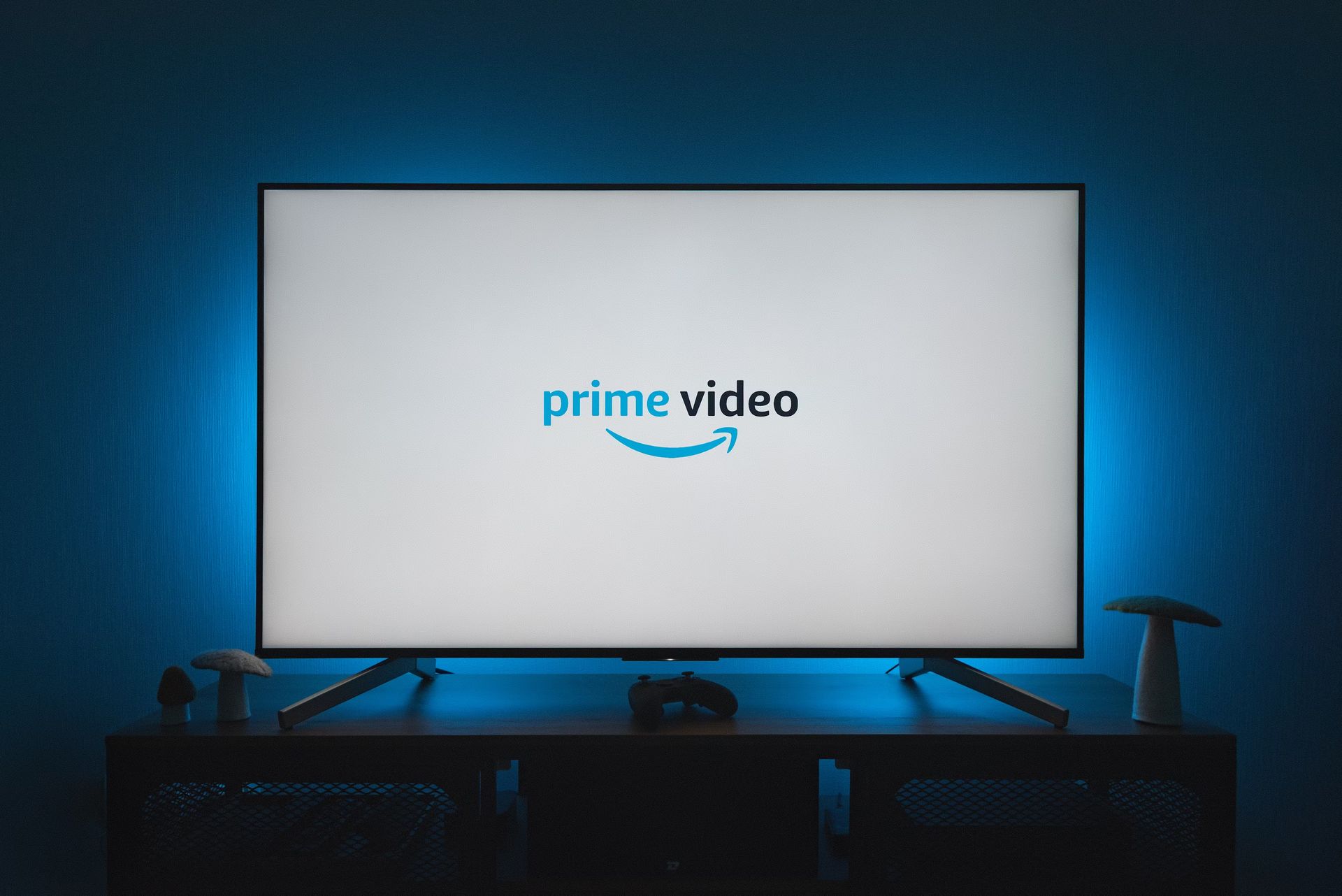The Amazon Prime lawsuit was initiated with a class action filing in a federal court in California last Friday, alleging Amazon breached its contract and violated state consumer protection laws by altering the subscription terms for its more than 100 million subscribers to include an ad-supported tier as the standard offering. In the initial stages of a lawsuit, Amazon is being accused of deceiving its Prime members by imposing extra charges for ad-free streaming of movies and TV shows.
In 2023, Amazon, which has refrained from commenting, declared its intention to introduce advertisements to all Prime Video viewers, a move that was implemented last month. This alteration has transformed the service into a powerhouse of ad-supported streaming, making it the largest of its kind among subscription-based platforms. To avoid ads, users are now required to pay an extra $2.99 monthly.
Amazon Prime lawsuit: All details
However, this shift in terms has also affected subscribers who had opted for annual subscriptions, leading them to claim that the change was misleading.

“Subscribers must now pay extra to get something they already paid for,” the complaint reads.
The lawsuit further criticizes Amazon for the perceived injustice, accusing the company of unlawfully profiting from advertising Prime Video as “commercial-free” for an extended period before introducing its ad-supported version. This move, the complaint states, “harms both consumers and honest competition,” emphasizing the detrimental impact on both the marketplace and consumer trust.
The Amazon Prime lawsuit aims to secure a minimum of $5 million in damages and a judicial injunction to prevent Amazon from continuing such alleged deceptive practices, specifically targeting those who became Prime subscribers before December 28, 2023. The lawsuit encompasses charges of breach of contract, false advertising, and unfair competition, among other accusations of violating consumer protection statutes in both California and Washington.
Amazon Buy Box lawsuit: Serious overpricing claims
In a related development last year, the Federal Trade Commission (FTC) initiated legal action against Amazon, accusing the tech behemoth of misleading consumers into enrolling in its Prime service and subsequently making the cancellation process difficult. This Amazon Prime lawsuit highlighted the company’s use of a “manipulative” and “coercive” interface designed to ensnare users into auto-renewing subscriptions. The FTC’s complaint also noted that a significant number of users were under the impression they were signing up exclusively for Prime Video, a more affordable option.
Prime service is deemed crucial for Amazon’s retail supremacy, as per the FTC, because it binds consumers to the company’s ecosystem by offering benefits, including access to Prime Video. Moreover, Amazon faced litigation in 2020 for unfair competition and misleading advertising related to the company’s policy of potentially terminating users’ access to content purchased via Prime Video.

A federal judge in 2022 dismissed this lawsuit, ruling in favor of Amazon and acknowledging the company’s terms of use, which caution users that purchased movies and TV shows might become inaccessible due to licensing limitations from providers.
This series of legal challenges is not unprecedented. In September 2023, the Federal Trade Commission took Amazon to court, accusing the tech behemoth of engaging in anticompetitive practices that stifle fair competition. This significant lawsuit, backed by attorneys general from 17 states, marks a crucial juncture in the ongoing discourse surrounding Amazon’s dominance in the market. As the Amazon Prime lawsuit progresses to trial, Amazon appears poised and confident, preparing a robust defense to justify its practices. This legal battle underscores the increasing scrutiny on Amazon’s strategies and their implications for competition and consumer choice.
Featured image credit: Thibault Penin/Unsplash





